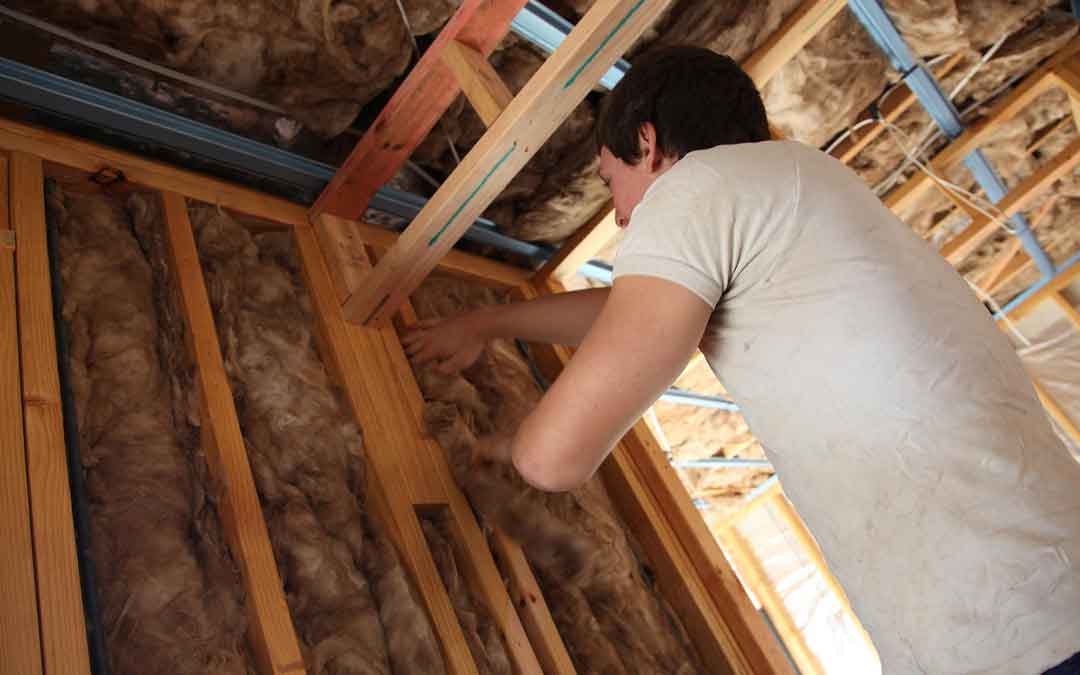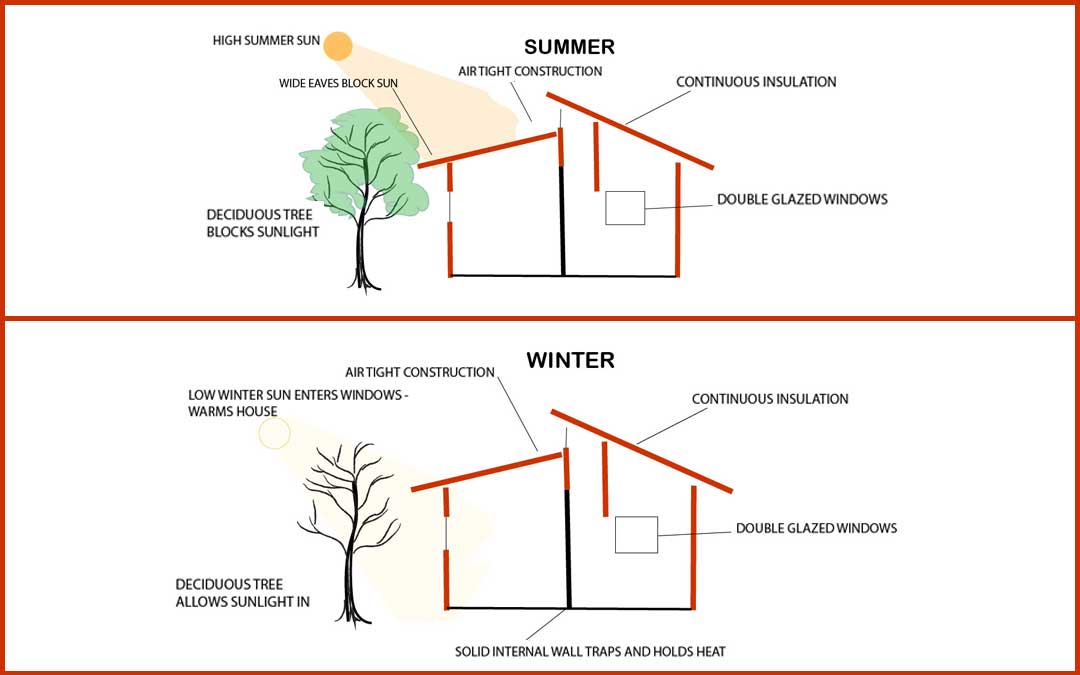Sustainable Housing

Looking around at new houses being built in Macleod, there are multiple examples of houses that could be far more sustainable if they followed some simple principles of environmental design. Older houses in the area also suffer from not following some basic principles of sustainable design.
What is a sustainable home?
Sustainable homes use less energy, cost less to operate, and make use of renewable materials where possible. Properly designed, they reduce our ‘carbon footprint’* at the same time as they save us money.
There is an almost bewildering array of steps we can take to make homes more sustainable. Over the course of several articles, I plan to introduce a range of ways in which our housing can be made more environmentally friendly, as well as more comfortable.

An important place to start is with our energy use. Choice of location, size of the house, floor plan and orientation of the house will all impact how much energy the house consumes.
Simply getting the orientation right can make a huge difference to energy use and liveability. For example, a house which takes up most of the block will typically use more energy than one which has space for trees which can help moderate temperatures. Another example is that a house with windows oriented primarily to the north, and able to warm up passively during the cooler months, will perform better than a house where the windows are primarily facing south and west. There are numerous houses in Macleod – both old and new – which break these rules.
Choice of heating and cooling technology is important in reducing energy use. Gas heating is common, but as a fossil fuel, it is undesirable – and increasingly expensive. Heat pumps – reverse cycle air conditioners – are extremely efficient and can provide heating and hot water. If you can do without air conditioning in summer, ceiling fans are even more efficient than air conditioners for cooling. Induction cooktops can replace gas stoves and, in my experience, are far better for cooking, being more responsive and easier to clean than gas.
Coupled with solar panels, using electricity for our energy needs is the obvious choice.
Of course, choosing the right technology is not going to be useful if our home is more of a tent than a sealed living space. Sealing against draughts, insulating roofs and walls and choosing double glazing will all help make the best use of efficient technologies.
This is a very brief introduction to some of the basic ways in which houses can be made more sustainable. In the next article, I will look at bringing an older house up to scratch, as well as what is needed in a new build, together with some straightforward ideas about how to make a home easier to live in and easier on the planet.
We would love to hear your stories about any steps you have taken to make your house more sustainable or problems that you are facing. Send your thoughts and questions to sustainablemacleod@gmail.com. If you would like to write an article for the newsletter, let us know!
Written by Paul Gale-Baker
*Note that the term ‘carbon footprint’ is derived from an earlier concept of an ecological footprint. It is sometimes criticised as a term because it can be used to put the onus for reducing carbon emissions onto individuals, rather than effective regulatory policy.
